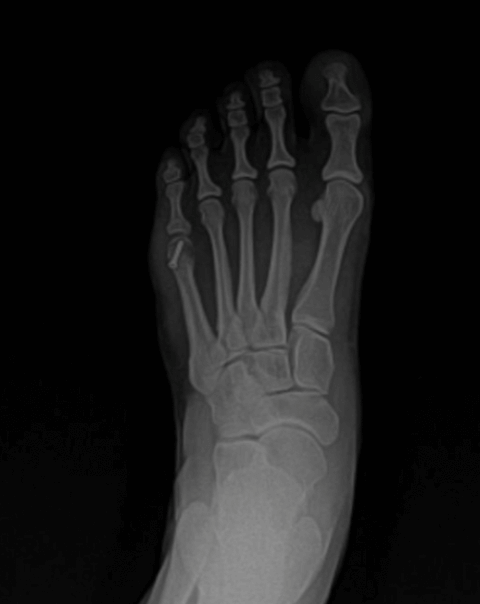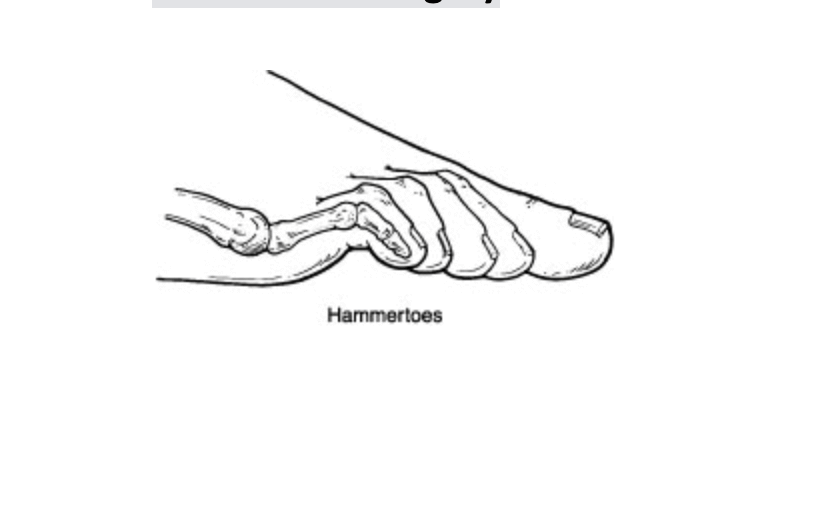foot surgeon
Displaying items by tag: foot surgeon
Dr. Timothy Young, a Board-Certified Foot Surgeon, Discusses Removal of Hardware After Foot Surgery

Dr. Timothy Young, a Board-Certified Foot Surgeon, Discusses Removal of Hardware After Foot Surgery.
Sometimes there is bone overgrowth, and this requires a larger incision and bone removal. This would happen typically if it h been more than one or two years after the original surgery. Prior to surgery using x-ray or ultrasound imaging one can plan ahead of time and allow for a much smaller surgical incision and therefore a much quicker postprocedure recovery. In these cases often just one simple suture or Steri-Strips is all that is necessary for wound repair. In the case of screws where there has been bone overgrowth, or plates the larger incision has to be made.
Therefore, there will be more wound healing and additional sutures required. In the case of hardware removal with just several small screws and small incisions, often there can be returned to activity within a week. If it is a larger procedure as described above involving a plate or bone overgrowth, then there may be a longer recovery of two weeks or even longer. Another intraoperative tool that we have within our ASC is fluoroscopy. Fluoroscopy can help locate hardware if there has been bone overgrowth or other factors making it difficult to find hardware during surgery.
If you are experiencing any foot or ankle pain, give us a call at 425-391-8666 or make an appointment online today.
Dr. Timothy Young, a Board-Certified Foot Surgeon Discusses Digital Foot Surgery.

Dr. Timothy Young, a Board-Certified Foot Surgeon Discusses Digital Foot Surgery.
Sometimes during toe surgery, a pin will stick out the end of the toe. And other times, the pin will be buried or covered with skin. As we've discussed previously, it is common to use a K wire or pin during hammertoe surgery or other digital foot surgery. Often times the pin will stick out of the tip of the toe and be visible. When this is done it is very easy when the time is appropriate, for your surgeon to remove the K wire without making an incision in your toe. The advantage to having the K wire covered with skin or buried is that there is no direct pathway for bacteria to travel from the pin into the toe.
Therefore it is okay once you incision has healed to get your foot wet with the buried K wire, but that is not possible when it sticks out of the toe. Also the K wire can be left in this buried position for a longer period of time without pin track irritation or infection. The disadvantage of a buried K wire is that removal will require a minor procedure to remove the pin. Sometimes because there is such a thin fat pad at the tip of the toe, it's difficult to get enough tissue or skin to properly.
If you are experiencing foot or ankle pain, please give us a call at 425-391-8666 or make an appointment online today.
Dr. Brandon Nelson, A Board Certified Physician & Surgeon, Discusses the Best Bunion Surgery Available
Bunion surgery has been performed for over 100 years. There have been many adaptations and changes since the first bunion surgery. There are now over 150 different techniques to address bunion deformities. It should be noted the majority of these can be divided up by anatomical location. We now classify bunion surgery as either a head procedure of a base procedure. Head procedures refer to operating on the head of the first metatarsal (out towards the toes) and base at the base of the first metatarsal (or near the arch).
The decision on which bunion procedure to utilize typically involves the size of the bunion and the underlying foot type. Typically we see smaller bunions are amenable to head procedure and large base procedures. However it should be noted that certain foot types will require base procedures for even small bunions. The goal for bunion surgery is to have lasting results and reproducible results.
I personally perform a lot of Lapiplasty type bunion surgeries. I find these have great long term results and provide incredible corrections. The recovery from the Lapiplasty is longer than a head procedure but the results can be much better. If you suffer from a bunion and would like to have it fixed schedule and appointment today, I can help. Give us a call at 425-391-8666 or make an apppointment online today.
Sincerely,Dr. Brandon Nelson
Dr. Brandon Nelson, A Board Certified Physician & Surgeon, Discusses Bunion Surgery and the Lapiplasty

Bunion surgery is the most common type of surgery I perform. I really enjoy correcting bunions and the outcome can be very satisfying for both the patient and physician. There are many types of bunion procedures that can be executed. Procedure selection is based on the size of the bunion, the patient and overall foot structure. It is important to have an overall foot exam and an x-ray.
Dr. Timothy Young Talks About Preparing For Foot Surgery
At Issaquah Foot & Ankle Specialists, we provide the best surgical treatment. We want to prepare our patients for their surgery. Here are some of the helpful things to prepare for before your foot surgery. Plan ahead for meals, driving, shopping, sleeping and bathing.
Do your errands ahead of time:
-get your post op Rx filled
-buy a cast shower protector
-have your meal planning done, you may want to get some premade dinners and easy meals
Prepare your house:
-set-up a bed on the main floor of the house, so you do not have to use stairs.
-set up your shower, get an inexpensive hand shower head
-get a plastic chair you can put inside the shower
-make sure your house is easy to move around in.
Family help:
-make sure a family member or friend can help during the 1rst 24 hours and
-arrange for help with driving
Prepare for some couch time:
-get books, movies, home office set-up.
Some planning before your surgery will make things easier during your post op time. You want the best long term out come and planning will help!
If you have more questions and would like a consultation let us know. Give us a call at 425-391-8666 or make an appointment online.




